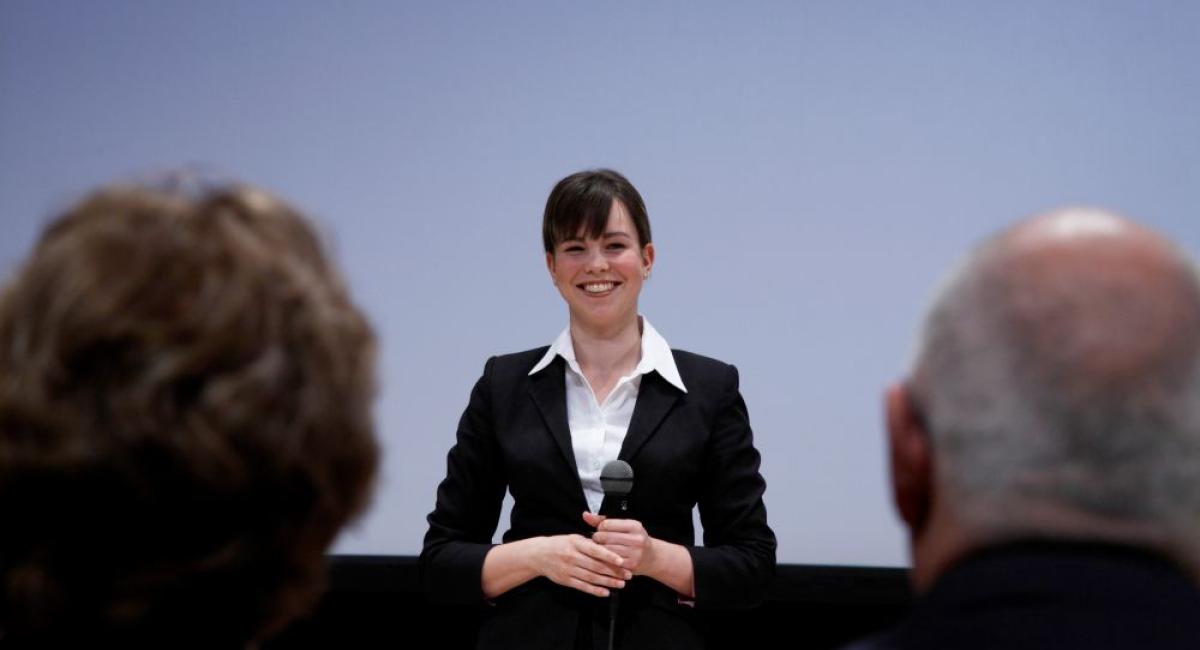
This is the final part of the professional speaking series. In the other two related blogs, we looked at managing nervousness and voice projection. Here, we will build on what you've learnt so far, focusing on how to hold the audience's attention and have a strong presence on stage.
Captivating the crowd
Even if you manage your nervousness well and project your voice across the room, you still need to show the audience that you're the centre of attention. Here are several ways of doing this.
Take up the right amount of space
You are the focus, so make it easy for the audience to focus on you. Stand close to them and in the middle of the stage. This helps maintain the audience's attention and your authority over them.
If you are seated, remember to keep your head up and your shoulders back. Avoid closed body language, like crossing your arms or legs. If you do it at all, keep it brief, like when you're thinking or pausing.
Use big gestures
Gestures are a great way to emphasize points or draw attention to yourself. In large venues, big gestures are necessary, as the audience cannot see your movements otherwise. In small venues, smaller gestures are sufficient, but exaggerate them more than you would in a one-on-one conversation.
Don't be upstaged by your props
Use visual aids to support your presentation, but remember that your performance and message are the most important. A clear sign of a bad show is when the audience only remembers the scenery.
Break the fourth wall
Interact with the audience and seek their participation. In English, we say that there are three walls around a performer: one on either side, and one behind. The "fourth wall" is the invisible one that separates the presenter and the audience. When you interact with the audience, you break it. You can simply ask, "Are you with me?" Or, ask them questions or tell a joke. Where appropriate, you can even ask audience members to come onstage with you (e.g., during a demonstration).
Final Thoughts
Public speaking is just another type of professional performance. Like other jobs, it becomes easier the more you do it. So, next time you need to deliver a presentation, practice the above suggestions beforehand. And if you find you are a little nervous, just say to yourself, "It's not me onstage; I am now someone else—someone confident, captivating, and clear."
If you haven't already, have a read of Part 2, about speaking up, and Part 1 about appearing confident.
Break a leg!
—
props—items used in a play.
fourth wall—the "wall" between a performer and the audience, creating mental and emotional distance. To break it means to directly connect with the audience.
Break a leg!—Good luck! (used only in the theatre).